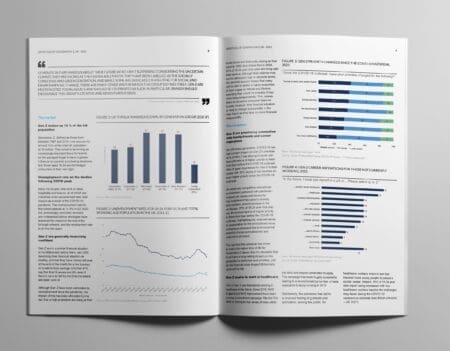-
Articles + –
Single serve coffee market is driven by packaging imitation rather than innovation
The single-serve coffee market has grown dramatically in the last few years and more and more brands are embracing the single-cup innovations. Single-cup offerings provide convenience and variety, which attracts younger audiences. Indeed, Mintel finds Millennial respondents are increasing their use of single-cup pods, with 41% using single-cup coffee pods in Mintel’s Coffee – US, 2012 report, compared to more than half (54%) of Millennial respondents in Mintel’s 2013 Coffee report.
The more brands that launch a single-serve option the greater variety and at-home access available for consumers. Time/speed claims on coffee packaging remains the most prevalent globally in the last three years, accounting for 21% of the total number of product launches.
However, while the product perfectly addresses consumers’ needs, it does not create any real differentiation on shelf. From the packaging perspective, the single-serve coffee market creates a sea of pods, pads and capsules where consumers become more concerned about fitting the capsule in their coffee machine versus choosing between the brands.
Coffee pods started as a single serve coffee solution with its own filter. Packaging inspiration most likely came from the tea category where an exact dose of products allows quick and easy brewing. However, with so many recent coffee pods launches the same term is used interchangeablably with coffee capsules (also called K-cups). K-Cups also represent a single serve system but in comparison to pods are packaged in aluminium or plastic rather than paper filters. Coffee pods are designed to be used with espresso machines, while capsules are a fit for single-serve pod brewing systems like, for example, the Keurig K-Cup system.
Same packaging does not bring any brand value and indeed we are seeing growth in not only private label single serve coffee solutions but also in many smaller brands replicating capsules, pods and pads that would fit the branded coffee machines. This reduces the unique positioning of such single serve coffee brands like Nespresso and many of the same offerings on the market make consumers chase after the cheapest single cup versus concentrating on quality and brand attributes.
Single serve packaging can become distinct and unique to each brand by creating a family of designs that clearly differentiate one brand from another. Despite the fact that coffee pods, pads and capsules provide very little space to communicate all of a brand’s attributes, a common theme or feature that is characteristic to the brand should become the centre of the package design. This will make it easier for the consumers to choose a single serve coffee format that fits their machine and the type of coffee they like to have. It will also eliminate the constant chase for the cheapest cup of coffee.
Single serve coffee packaging can take inspiration from other categories and focus on making the packaging talk to the consumer from shelf. It might even find inspiration from non-food categories like colour cosmetics where the small size of the package is similar to the single serve coffee package yet many beauty brands successfully create distinctive package designs.
Viktorija Gnatoka is a global packaging analyst at Mintel where she is responsible for delivering packaging insights and actionable recommendations across multiple categories.
-
Mintel StoreGet smart fast with our exclusive market research reports, delivering the latest data, innovation, trends and strategic recommendations....View reports
-
Mintel LeapMintel Leap is a revolutionary new AI-powered platform that will transform your research process....Book a demo







































